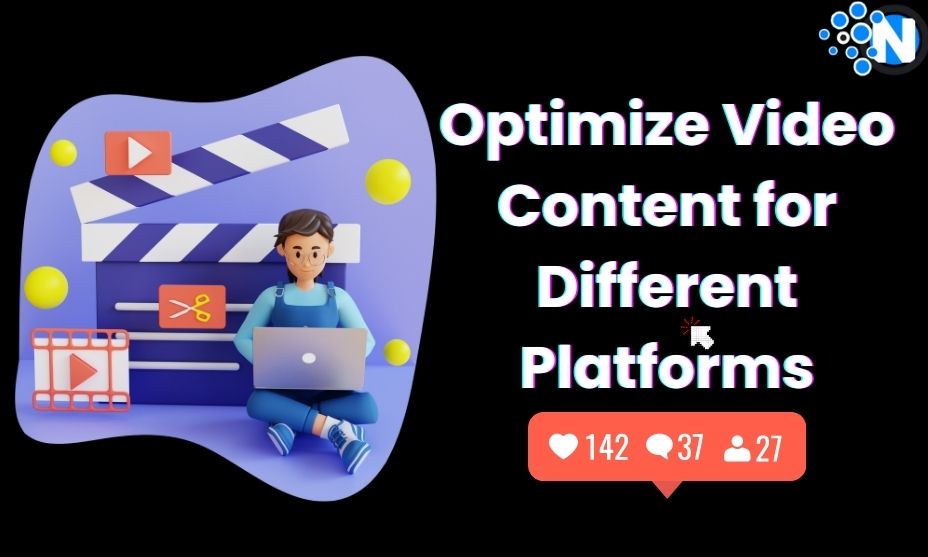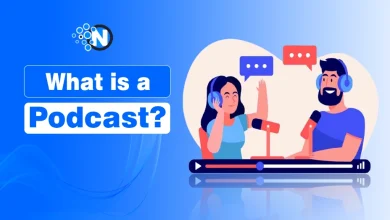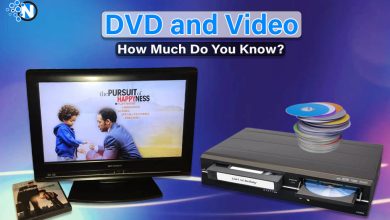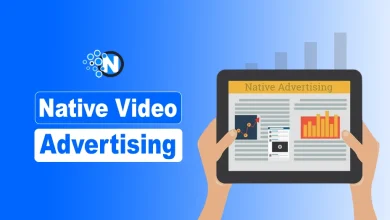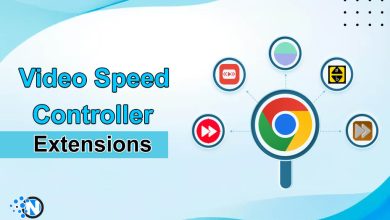How to Optimize Video Content for Different Platforms
Video content has become an essential component of any successful marketing strategy in today’s digital age. However, optimizing your videos for different platforms can be a challenging task. Each platform has its own specifications and requirements, and tailoring your videos accordingly can significantly enhance their reach and engagement.
In this guide, we’ll explore the best practices for optimizing your video content across various platforms to maximize its impact and effectiveness using a web video editor. Read on.
101 Guide on Video Optimization
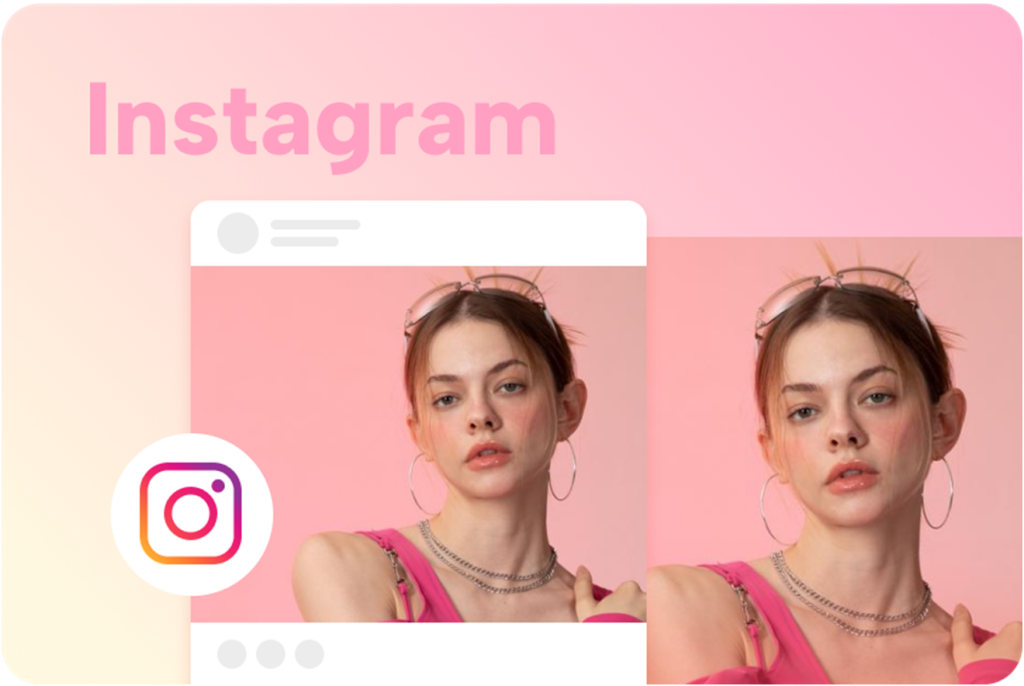
Understand the Platform’s Requirements
Before diving into video optimization, it’s crucial to familiarize yourself with the specific requirements of each platform you plan to use. These requirements can include aspect ratios, video length limitations, file formats, and maximum file sizes. Some popular platforms to consider are YouTube, Facebook, Instagram, Twitter, and TikTok.
Plan Your Content
Once you understand the requirements of each platform, it’s time to plan your video content accordingly. Determine the purpose of your video, whether it’s to educate, entertain, or promote a product. Create a storyboard or outline to organize your ideas and ensure a smooth flow throughout the video. Utilize editing tools like green screen effect, background remover, etc, to enhance the content.
Optimize Video Length
Different platforms have varying ideal video lengths for maximum engagement. Here’s a breakdown:
- YouTube: Longer-form content works well, but shorter videos can also be effective. Aim for 2-15 minutes.
- Facebook: Keep videos concise and attention-grabbing, with a focus on the first few seconds. Aim for 1-2 minutes.
- Instagram: Opt for shorter videos, ideally within 30 seconds. Instagram Stories have a 15-second limit.
- Twitter: Short and snappy videos perform best. Aim for 15-60 seconds.
- TikTok: Very short videos (15-60 seconds) work best, with an emphasis on creativity and entertainment.
Optimize Video Aspect Ratio
Each platform has its preferred aspect ratio to ensure videos display properly. The most common ratios are:
- YouTube: 16:9 is the standard aspect ratio.
- Facebook: 4:5 and 16:9 are the recommended ratios, depending on the placement.
- Instagram: 1:1 (square) and 4:5 are the most common ratios.
- Twitter: 16:9 is the optimal aspect ratio.
- TikTok: 9:16 (vertical) is the primary aspect ratio.
Captions and Subtitles
Adding captions and subtitles to your videos can significantly improve accessibility and engagement. Many platforms offer automatic captioning options, but reviewing and editing them for accuracy is advisable. Alternatively, you can create your own captions and embed them into the video.
Visual and Audio Optimization
- Thumbnail: Design an eye-catching thumbnail that accurately represents your video content and entices users to click.
- Resolution and Quality: Aim for high-quality video with appropriate resolution (e.g., 1080p or 4K) to ensure clear visuals.
- Audio: Optimize audio levels to ensure clarity. Consider using background music or sound effects packs to enhance the video’s impact.
Video Titles, Descriptions, and Hashtags
Craft compelling titles that grab attention and accurately describe your video’s content. Provide additional details, links, and calls to action in the video description. Utilize relevant hashtags to increase the discoverability of your video.
Cross-Promote Your Videos
Maximize the reach of your videos by cross-promoting them across different platforms. Embed your YouTube videos on your website or share them on Facebook, Twitter, and Instagram. This strategy allows you to tap into different audience bases and increase engagement.
Analyze and Adapt
Regularly monitor the performance of your videos on each platform. Analyze metrics such as views, likes, comments, and shares to gauge audience engagement. Use this data to refine your video content and optimization strategies over time.
Key Reasons For Video Optimization for Different Platforms
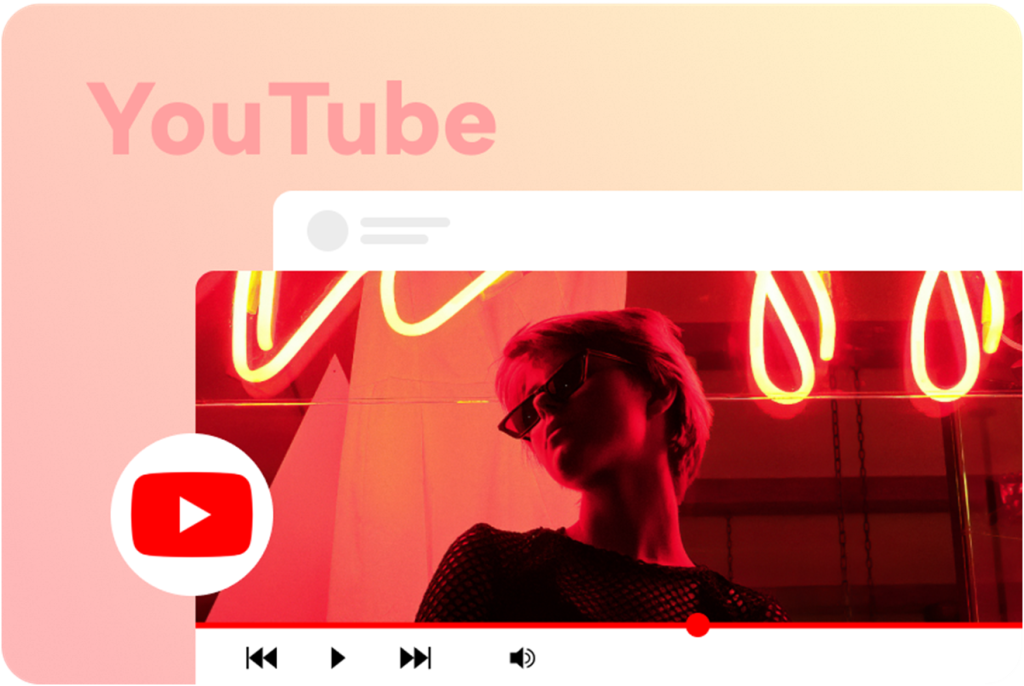
Enhanced Reach: Each platform attracts a unique audience with distinct preferences and behaviors. By tailoring your video content to specific platforms, you can expand your reach and connect with a broader audience base.
Improved Engagement: Different platforms have varying content consumption patterns and attention spans. By optimizing your videos for specific platforms, you can deliver content that aligns with user expectations and preferences.
Platform-Specific Features: Each platform offers unique features and functionalities that can enhance the viewing experience. By optimizing your videos to leverage these features, such as interactive elements, stickers, filters, or live streaming capabilities, you can make your content more engaging, immersive, and interactive. This can significantly boost user engagement and foster a stronger connection with your audience.
Improved User Experience: Optimizing videos for different platforms involves considerations like aspect ratio, video length, and captions. By ensuring your videos display correctly and adhere to platform guidelines, you provide a seamless and enjoyable viewing experience for users.
Platform Algorithm Optimization: Each platform employs algorithms to determine which content to display to users. Optimizing your video content according to platform-specific requirements and best practices can positively influence algorithmic rankings. This means your videos are more likely to appear in relevant search results, recommendation feeds, and explore sections, increasing their visibility and potential for organic reach.
Brand Consistency and Recognition: Consistency across platforms enhances brand recognition and recall, making it easier for your audience to associate your content with your brand, regardless of the platform they encounter it on.
Adapting to User Behavior: Different platforms attract users with distinct motivations and preferences. By optimizing your video content to align with user behavior on each platform, you can cater to their expectations and preferences.
Conclusion
By optimizing your video content for different platforms, you can significantly improve its visibility, engagement, and impact. Remember to understand each platform’s requirements, plan your content accordingly, and optimize important aspects. Cross-promotion and continuous analysis of performance will help you adapt and refine your video strategy for optimal results. So go ahead, optimize your videos, and captivate audiences across various platforms

